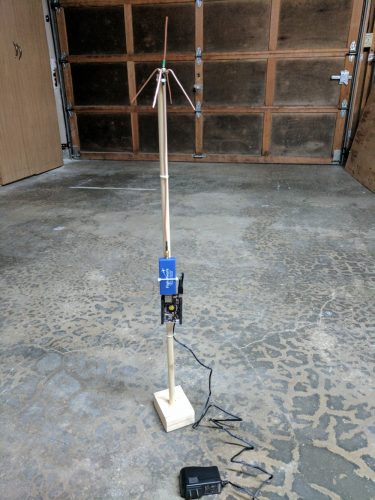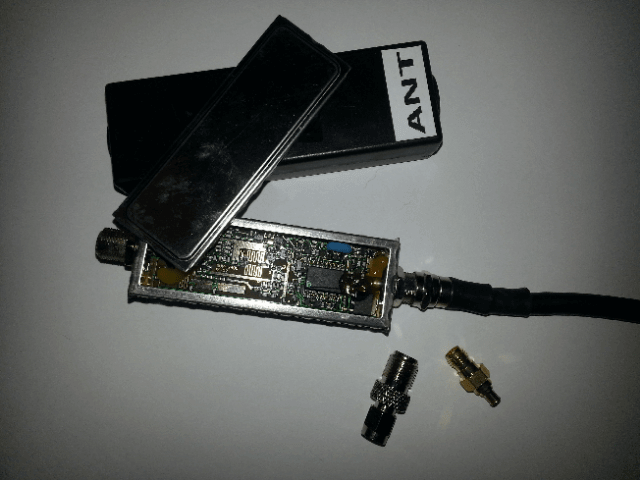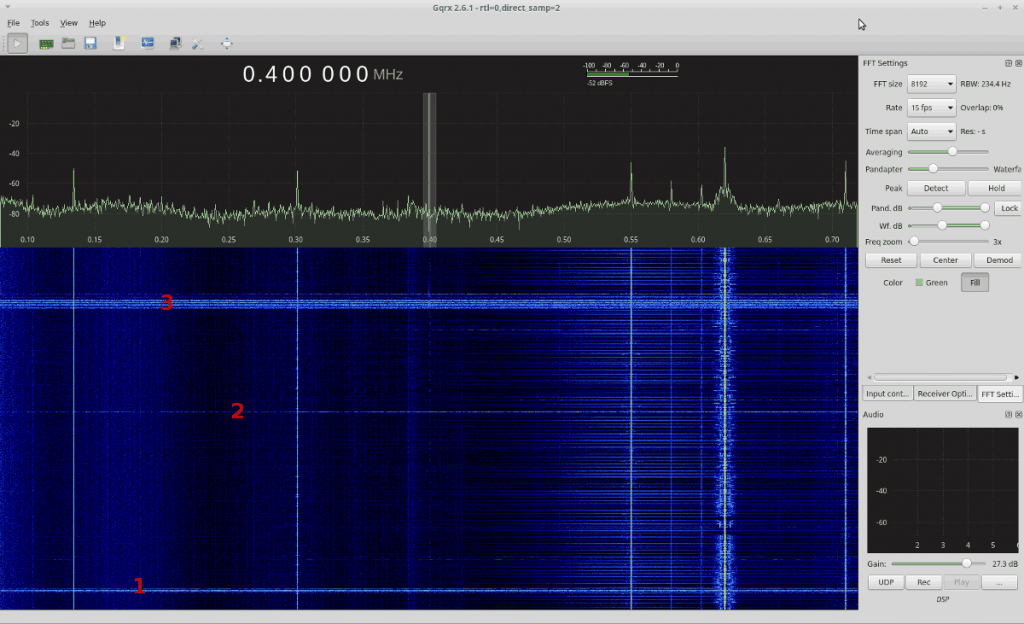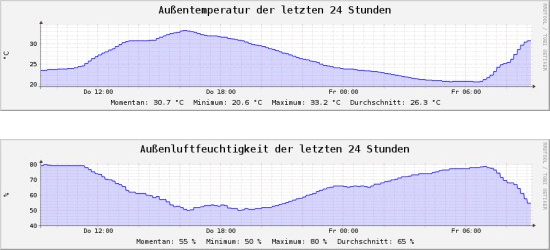SDR Academy Talks: RPiTX TX for the Masses, Transmitter Localization with TDOA, HackRF as a Signal Generator and more
Over on YouTube the Software Defined Radio Academy channel has uploaded some new interesting SDR related conference talks, some of which may be of interest to readers. Some of our favorites are posted below. Other new interesting talks from channel include:
- Derek Kozel, AG6PO, Ettus: Hardware Accelerated SDR: Using FPGAs for DSP (Link)
- Mario Lorenz, DL5MLO: Across the Solar System – using SDRs for real long-distance communication (Link)
- Andras Retzler, HA7ILM: Demodulators from scratch: BPSK31 and RTTY (Link)
- Gerald Youngblood, K5SDR (President of FlexRadio): Direct Sampling and Benefits of the Architecture (Link)
- Dr. Selmeczi Janos, HA5FT: A new lightweight data flow system (Link)
- Chris Dindas, DG8DP: Standalone SDR-TRX, Highend – Lowcost – Homebrew (Link)
- Erwin Rauh, DL1FY: Charly25 – SDR Transceiver Project – Community Development (Link)
- Črt Valentinčič, S56GYC, Red Pitaya: HamLab (Link)
Evariste Courjaud, F5OEO: Rpitx : Raspberry Pi SDR transmitter for the masses
Low cost RTL-SDR democratize access to SDR reception, but is there an equivalent low cost solution for transmission : Rpitx is a software running on Raspberry Pi which use only GPIO to transmit HF. This presentation describes how to use it as a SDR sink but also describes details of how it is implemented using PLL available on the Raspberry Pi board. Warnings and limits of this simple SDR are also provided before going “on air”. Last paragraph shows what are potential evolutions of this system : low cost DAC and third party software integration.
Stefan Scholl, DC9ST: Introduction and Experiments on Transmitter Localization with TDOA
Time-Difference-of-Arrival (TDOA) is a well-known technique to localize transmitters using several distributed receivers. A TDOA system measures the arrival time of the received signal at the different receivers and calculates the transmitter’s position from the delays. The talk first introduces the basics of TDOA localization. It shows how to measure signal delay with correlation and how to determine the position using multilateration. It also covers further aspects and challenges, like the impact of signal bandwidth and errors in delay measurement, receiver placement and synchronization as well as the requirements on the network infrastructure. Furthermore, an experimental TDOA system consisting of three receivers is presented, that has been setup to localize signals in the city of Kaiserslautern, Germany. The three receivers are simple low-cost devices, each built from a Raspberry PI and a RTL/DVB-USB-Stick. They are connected via internet to a master PC, which performs the complete signal processing. The results demonstrate, that even with a simple system and non-ideal receiver placement, localization works remarkably well.
Frank Riedel, DJ3FR: The HackRF One as a Signal Generator
The usability and performance of the HackRF One SDR experimental platform as a signal generator up to 6 GHz is examined by means of an HPIB driven measurement system. The effective circuit of the HackRF One used in the CW TX mode is described and its components are linked to the parameters of the command line tool ‘hackrf_transfer’. The frequency accuracy of the HackRF One is measured against a frequency standard, output signal levels and spurious emissions are determined using a spectrum analyzer.





